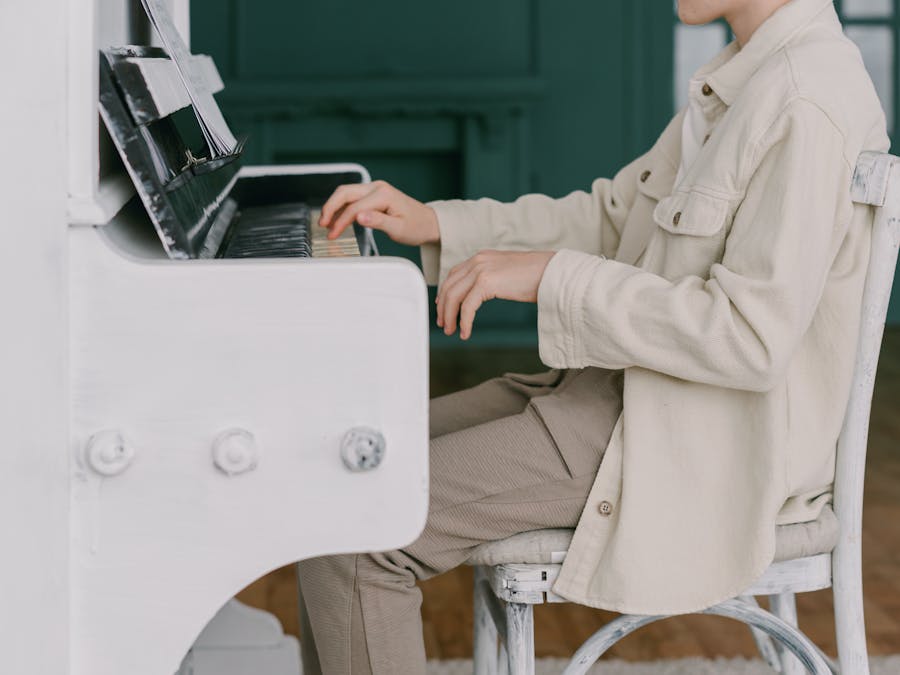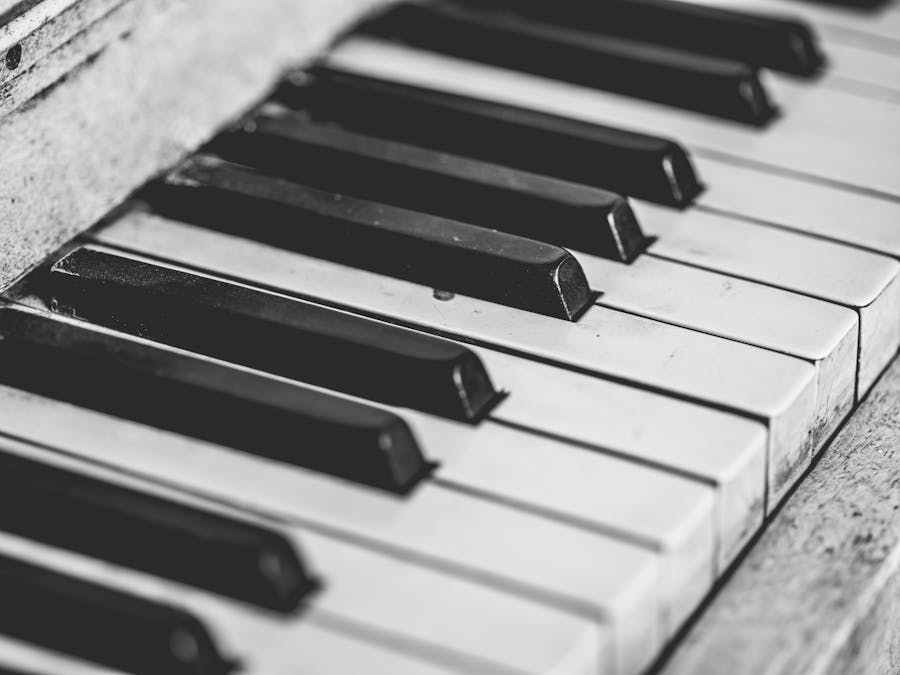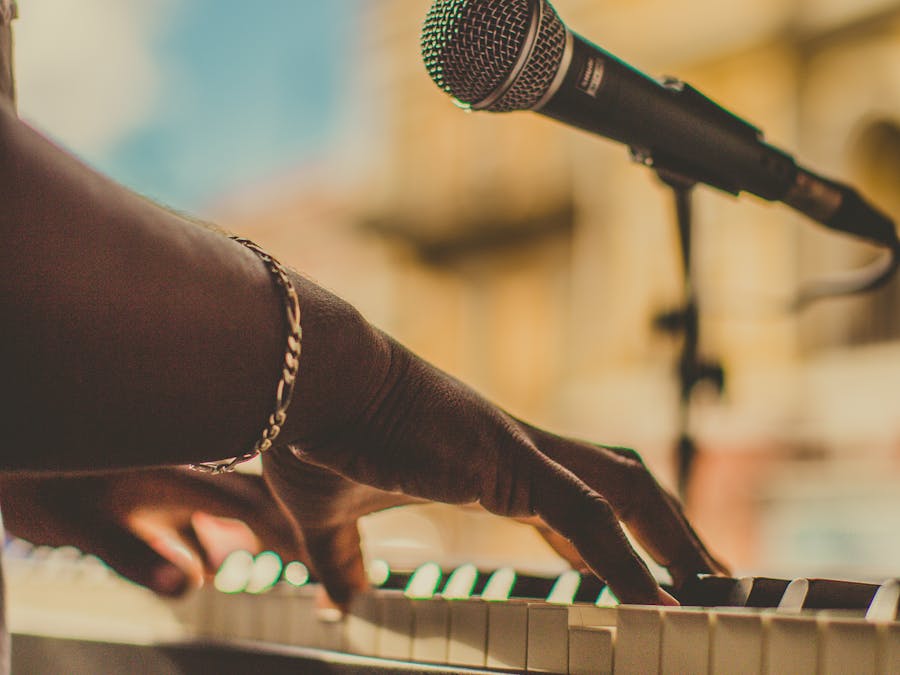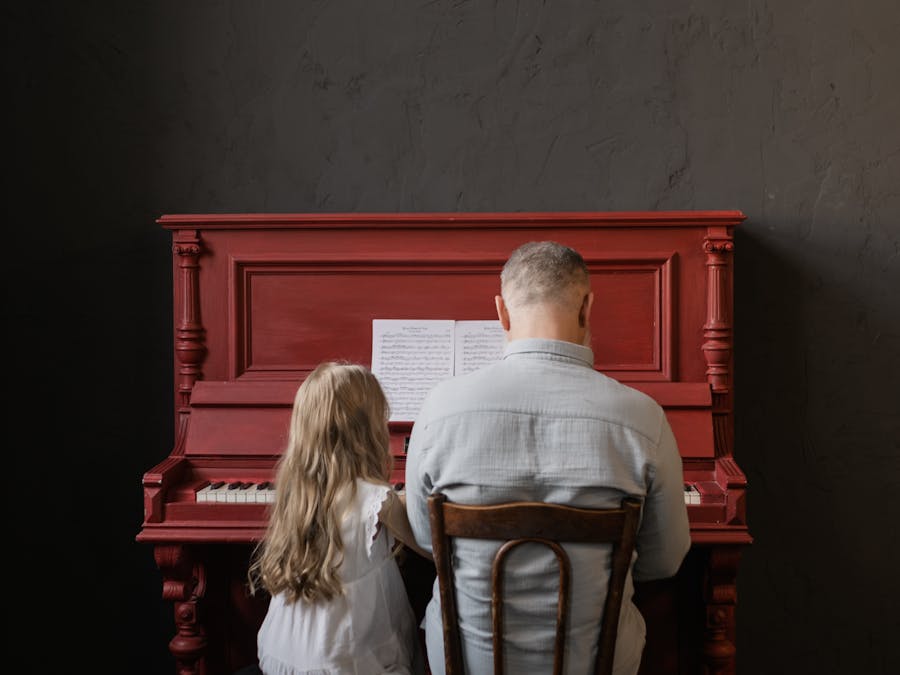 Piano Guidance
Piano Guidance
 Piano Guidance
Piano Guidance

 Photo: Mikhail Nilov
Photo: Mikhail Nilov
The short answer to that last question is: YES! It's perfectly acceptable and normal for a pianist to look at their hands while they play. An important part of the design of any musical instrument is the necessary range of movement for the player in order to produce sound.

The Heaven Chord (The Most Beautiful Chord of All Time)
Read More »
When it comes to playing the piano, pianists have thousands of chords to select from, with some chords being more popular than others. Check out...
Read More »
The scales used most often for soloing in blues-influenced music are minor and major pentatonic. As its name implies, a pentatonic scale consists...
Read More »
It is more common for piano players to develop osteoarthritis. However, research has shown that playing the piano is never the cause of developing...
Read More »When a piano player moves their hands across the 4 feet of the keyboard length, there are generally two types of movement happening, and the way you handle them depends upon the distance between the notes. This distance between notes is referred to as an “interval” in music. The first type of movement happens when the interval between one note and another is on the smaller side. This would be when you are able to reach from the current key to the next key without having to pick up your hand. This occurs when notes are not very far apart horizontally on the keyboard: usually the distances of less than 7 keys away are within reach for an average sized pianist’s hand. In this case, the pianist memorizes the specific distance (called an “interval”) between two notes. A proficient pianist can extend their hand (or compress their hand) to those closer intervals without looking. The second type of movement requires that the line is broken: the next note cannot simple be reached by stretching or extending your hand. In this case, the pianist must lift their hand up and move it to a different location. It’s important to be able to see where to land, so the pianist will often look down at their hand in this case. Do pianists look at their hands while they play? It depends upon the musical style! A piano score can have a lot of variety. How often the notes are “out of reach” would affect how often a pianist looks at their hands while they play. Baroque keyboard music, such as a Bach Fugues or Inventions, tend not to have a lot of large skips in the melody. This means that a pianist could potentially get away with looking at their hands less often because it requires less position changes. On the other hand, music from the Romantic period – such as music written by Chopin or Liszt – often has much larger leaps in both hands. This requires the pianist to look down much more often to ensure accuracy! Remember, there are also two hands to watch at the same time! This can complicate things a lot. If you play the lowest piano key with your left hand and look at it, you will not be able to see the keys in the middle and high register, and chances are that your right hand needs to be playing there at the same time.

Also, Japan is the home of Casio and the birthplace of G-Shock, and G-Shock is a brand that loves to celebrate its history and heritage, so there's...
Read More »
Evidence still suggests that all modern humans are descended from an African population of Homo sapiens that spread out of Africa about 60,000...
Read More »
D minor This is our second story in our series on the characteristics of musical keys. We started with the “people's key,” C major. From there it's...
Read More »
approximately $226,000 The Collector's Item 250 Years Beethoven Edition is made to order, and turnaround time is 4-6 months. The piano can be...
Read More »
The fact is, you don't need a mechanical gaming keyboard to play, and play well. If you're looking for a budget model to see you through casual...
Read More »
There can be up to seven flats in a key signature, applied as: B♭ E♭ A♭ D♭ G♭ C♭ F♭ The major scale with one flat is F major. In all major scales...
Read More »